Fairs & Festivals
Navratri
Description of Gujarat festivals is incomplete without the mention of Navratri. Celebrated for nine long days with huge pomp and show, Navratri is dedicated to all the nine forms of Goddess Durga. Communities come together to dance in unison during garba, a seemingly simple dance, where the crowd moves together in a synchronised circular movement.
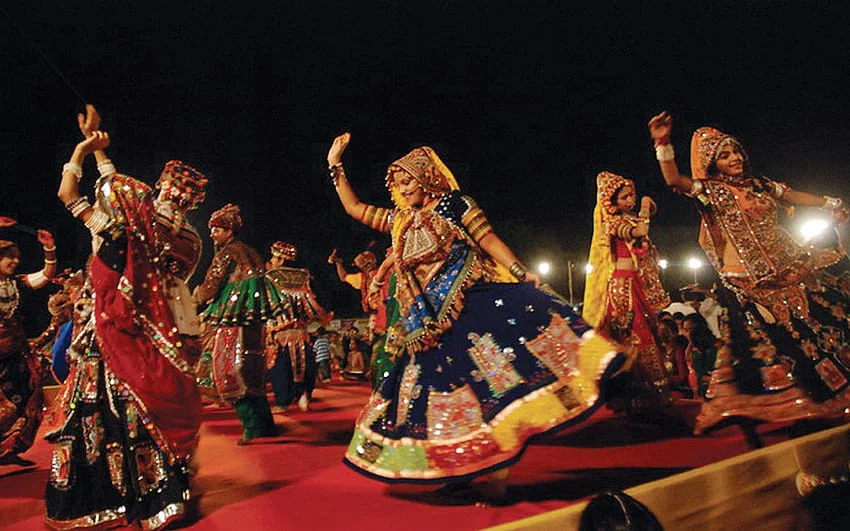
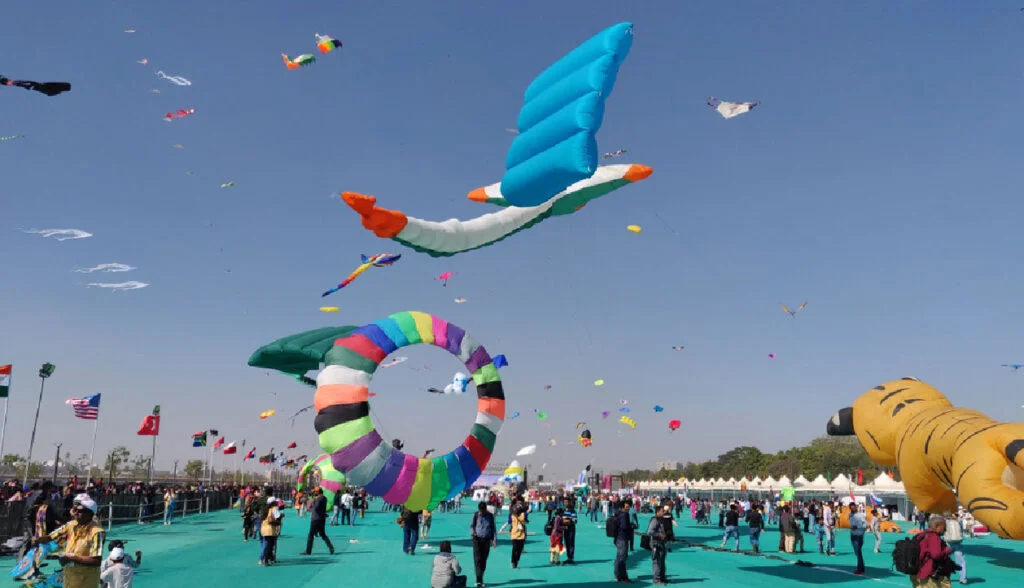
Kite Festival
The festival of Uttarayan is a uniquely Gujarati phenomenon, when the skies over most cities of the state fill with kites from before dawn until well after dark. The festival marks the days in the Hindu calendar when winter begins turning to summer, known as Makar Sankranti or Uttarayan. On what is usually a bright warm sunny day with brisk breezes to lift the kites aloft, across the state almost all normal activity is shut down and everyone takes to the rooftops and roadways to fly kites and compete with their neighbors.
Bhadrapada Ambaji Mela
Bhadrapada Ambaji Mela is a multicultural fair where not only Hindus but people from all religions take active participation. The fair is organised at one of the most ancient and revered temples in India ie: temple of goddess Ambaji, situated in the Ambaji village in Gujarat. The fair hold extreme significance specially among farmers as the month of the Bhadrapadaa, indicates the end of long monsoon harvest period and they come to pray for good and prosper yields ahead.
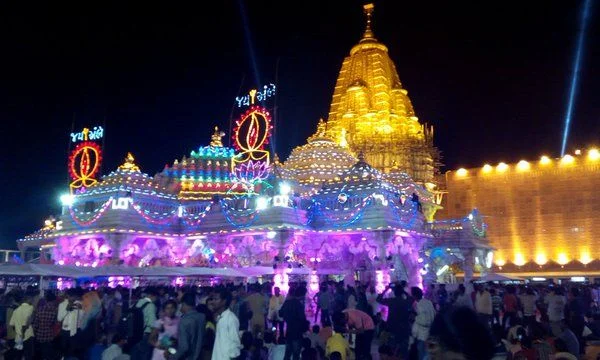
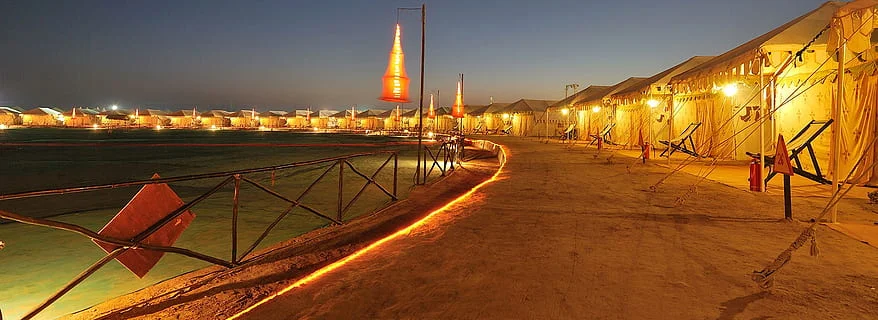
Runn Utsav
A plethora of varied hues, profusion of design, superfluity of culture, cornucopia of music and dance, all together in the arid lands of Kutch creates a mosaic of exquisiteness which reflects the identity and spirit of the region. Kutch, one of the most ecologically and ethnically diverse district of the state is a celebratory land of art, crafts, music, dance, people and nature. During the full moon night of the winters amid the awe-inspiring and contrasting landscape each year a three day festive extravaganza brimming with hospitality, vigor and traditional flavor of the area is hosted and known as the Kutch or Rannutsav.
Tarnetar
The Tarnetar Festival is a three-day long celebration held in the month of August or September in the village of Tarnetar, Surendranagar district, Gujarat, India. The festival is based on the legend of Draupadi’s swayamvara, where Arjuna pierced the eye of a rotating fish by looking at its reflection on the water to win her hand in marriage.
The festival attracts over 50,000 people from the region, with the main castes participating being the Kolis, Rabaris, Bharwads, Khants, Kanbis, Kathis, Charans, the Harijans, and the Desh-rabaris.
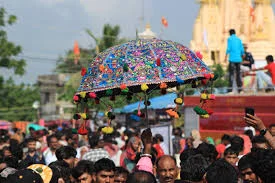
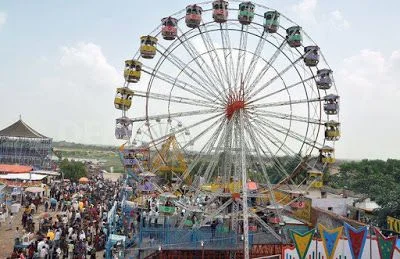
Bhavnath Fair
Bhavnath Mahadev Temple in the Junagarh district becomes the perfect venue for a spectacular carnival called Bhavnath Fair. The Bhavnath festival begins on the night of Maha Shivratri festival, a huge procession of sages, decked up in ornaments, seated on elephants, proceed to the temple and the sound of which reverberates through the entire district.
Janmashtami
Another one of most-awaited festivals celebrated in Gujarat, Lord Krishna’s birthday is celebrated with unmatchable zeal and devotion in Dwarka, Gujarat. People celebrate the birth of Lord Krishna at midnight, placing an idol in the cradle and worshipping him. A thread tied with the cradle is gently pulled to make it swing.
Lord Krishna is offered his favorite makkhan (butter) and mishri (rock sugar). Dahi handi breaking is also an exciting activity that takes place as a part of the celebration.

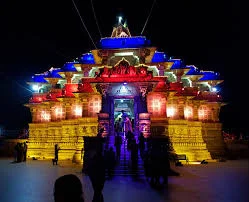
Shamlaji Fair
In the month of November, pilgrims in huge numbers make their way to the Shamlaji fair. People visit Shamlaji fair to take a holy dip in the pious Meshwo River, which looks best during the festival, sparkling and pristine. Goddess Shamlaji, whom tribes call Kaliyo Dev (Dark Divinity), is revered by the people of Tribal community as they have faith in the power of the divinity.
Modhera Dance Festival
Silent Sun Temple of Modhera emits red and golden hues from every corner and illuminates the quaintness January nights during the Modhera Dance Festival. The epic masterpiece of Solanki Empire, Modhera Sun Temple, reverberates with the rhythmic beats of prancing steps during the festival. Dance and musical events organized during the festival celebrates the uniqueness of dance and art of this part of the area. Modhera Dance Festival brings together brilliant dancers and musicals to perform an amazing musical, intermingled with their origin.
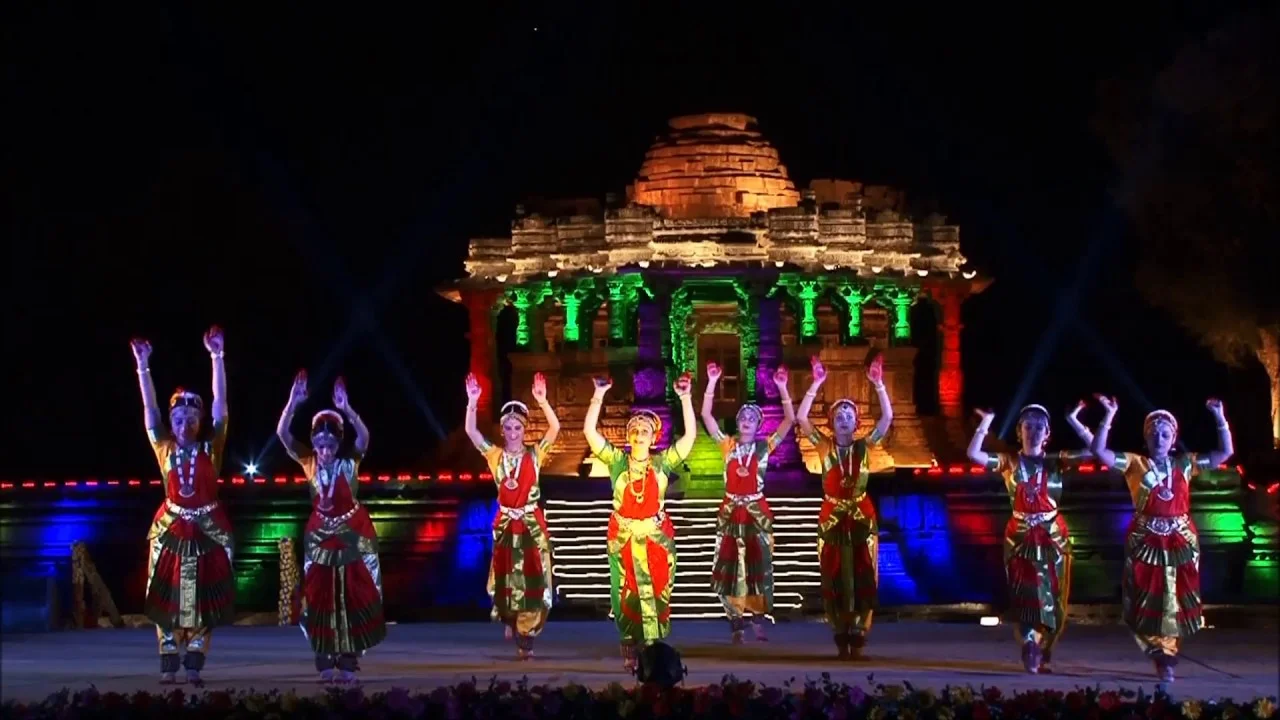
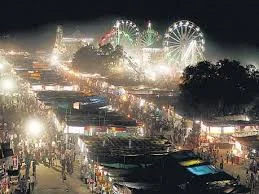
Vautha Fair
Vautha Fair to Gujarat is what Pushkar Mela is to Rajasthan; the only distinction is the Vautha Fair trade of donkey takes place. Stretching for five days, this event witnesses an immense footfall of farmers, devotees, traders, artisans and tourists from all over the country. Legends say that Kartikeya son of Lord Shiva, performed a ritual here on the bank of river on Karthik Poornima. Vautha Fair is the time when devotees from all over India visit Gujarat to take a holy dip in the waters of the sangam or confluence of rivers.